Ezara
絵皿
Ezara
CATEGORIES
Ezara dissolve paints much like a palette does. Artists across all fields of water-based painting from Japanese painting and woodblock printing to watercolor and poster color use ezara, which are usually made of white ceramic or plastic to help distinguish the color of the paint.
Ceramic ezara feel durable and stable, while plastic ezara are lightweight and resist breakage. Japanese painting artists use ceramic ezara because they heat or burn the items on electric heaters.
Normally, the term “ezara” refers to the flat and circular hirazara. Art supply stores may label these as tokizara or maruzara. Ezara range in diameter from 5 cm to 20 cm, allowing artists to use a size appropriate for the amount of paint to be dissolved or the size of the brush to be used. Artists dissolve one color per hirazara, so they need one for each color they will use in an art work. Other types of ezara include kikuzara and umezara, which are shaped like chrysanthemum and plum flowers, respectively. Artists using and mixing small amounts of many colors find the multiple separated sections useful.
Proper upkeep of ezara requires washing them well after each use. For tough stains, you can use a sponge or soak the ezara in hot water before washing. After painting, Japanese painting artists store unused mineral pigments in hirazara through a process called niwaka-nuki, which involves pouring hot water in the ezara to dissolve the niwaka glue in the pigment. The pigment is dried after repeating this process several times.
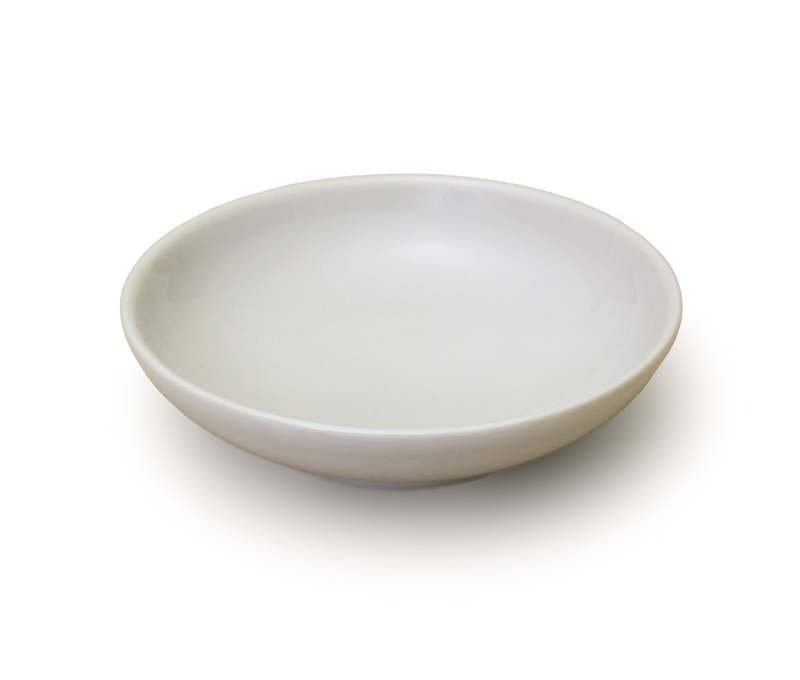
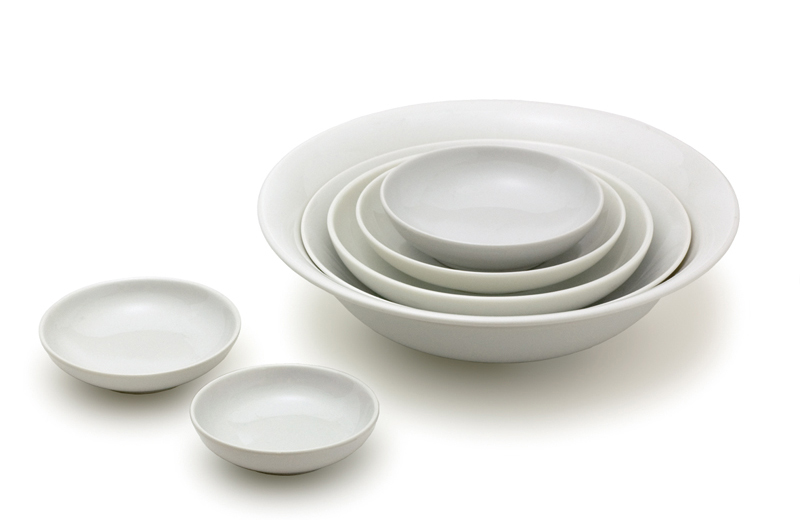 Ceramic ezara
Ceramic ezara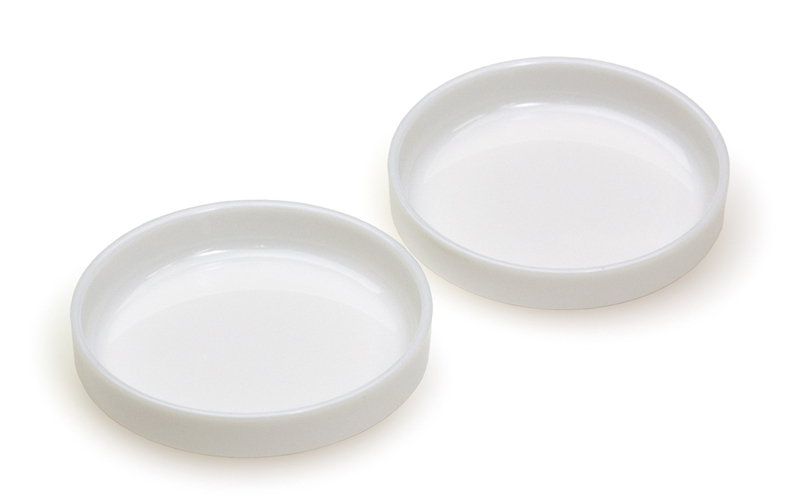 Plastic ezara
Plastic ezara Umezara (L) and kikuzara (R)
Umezara (L) and kikuzara (R)- Example
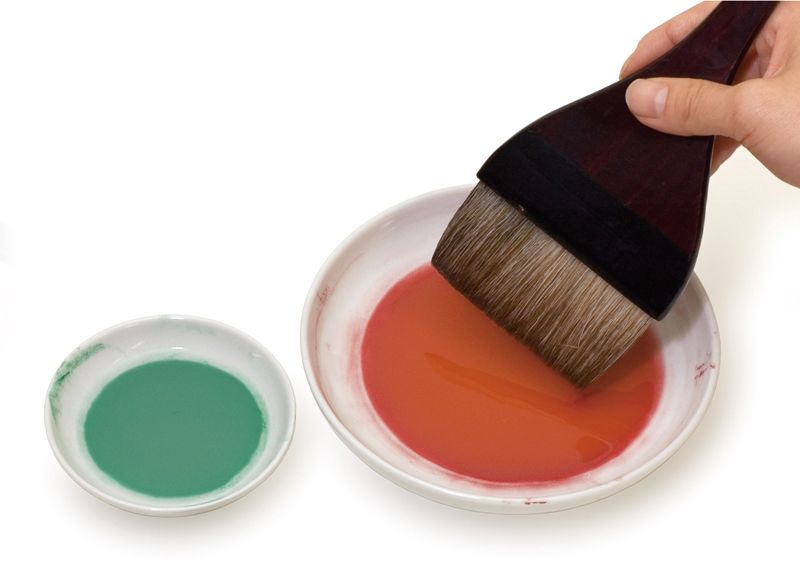 Nihonga
Nihonga 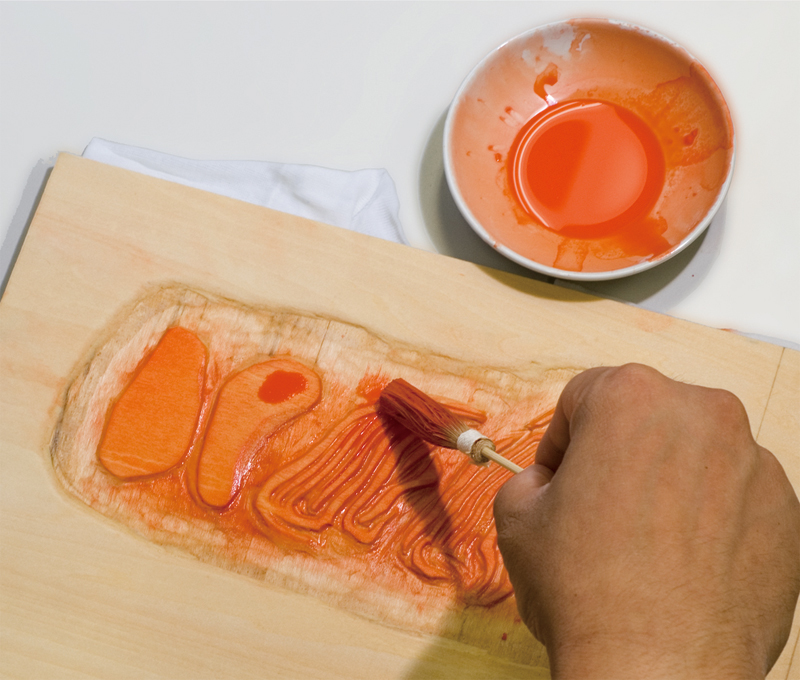 Printmaking
Printmaking
